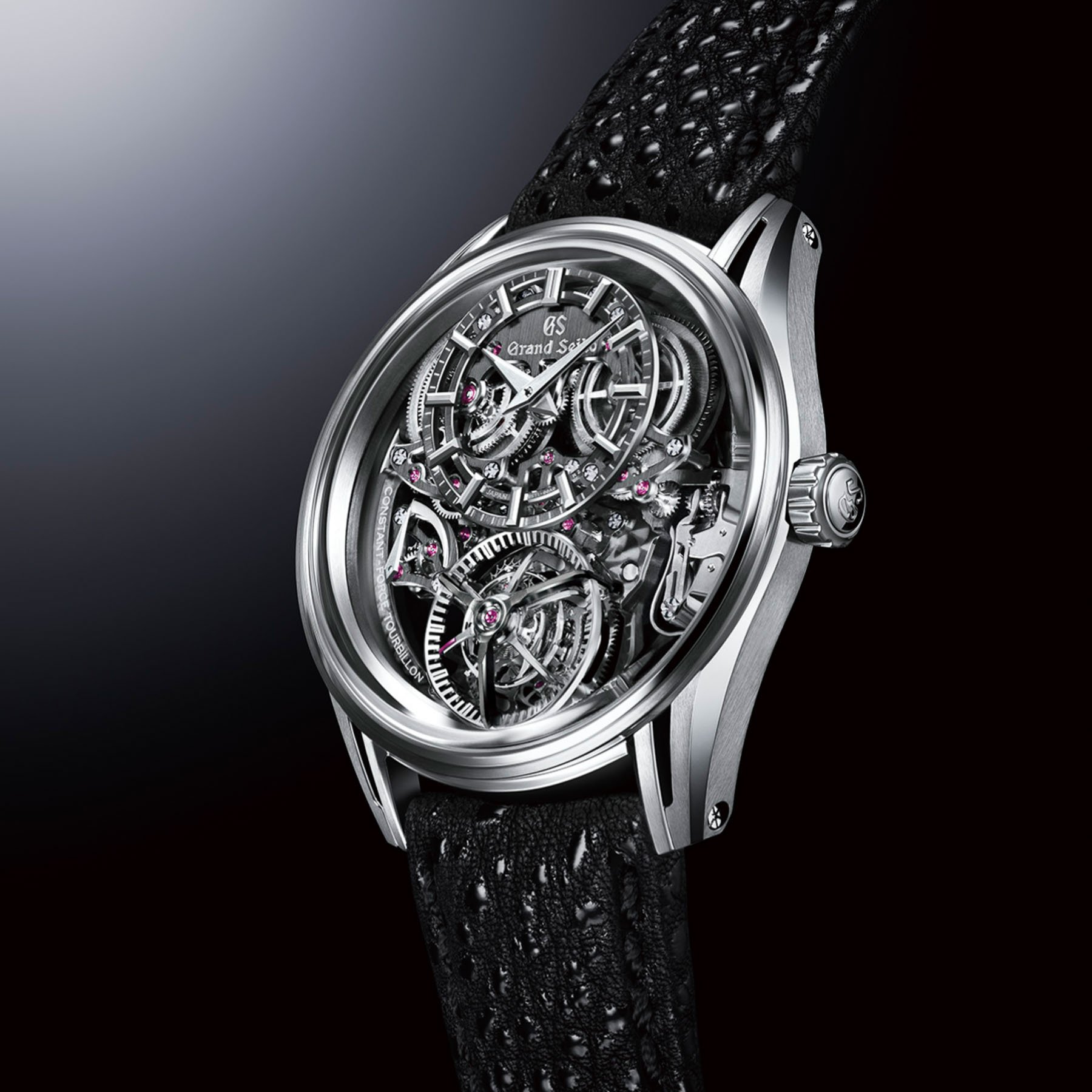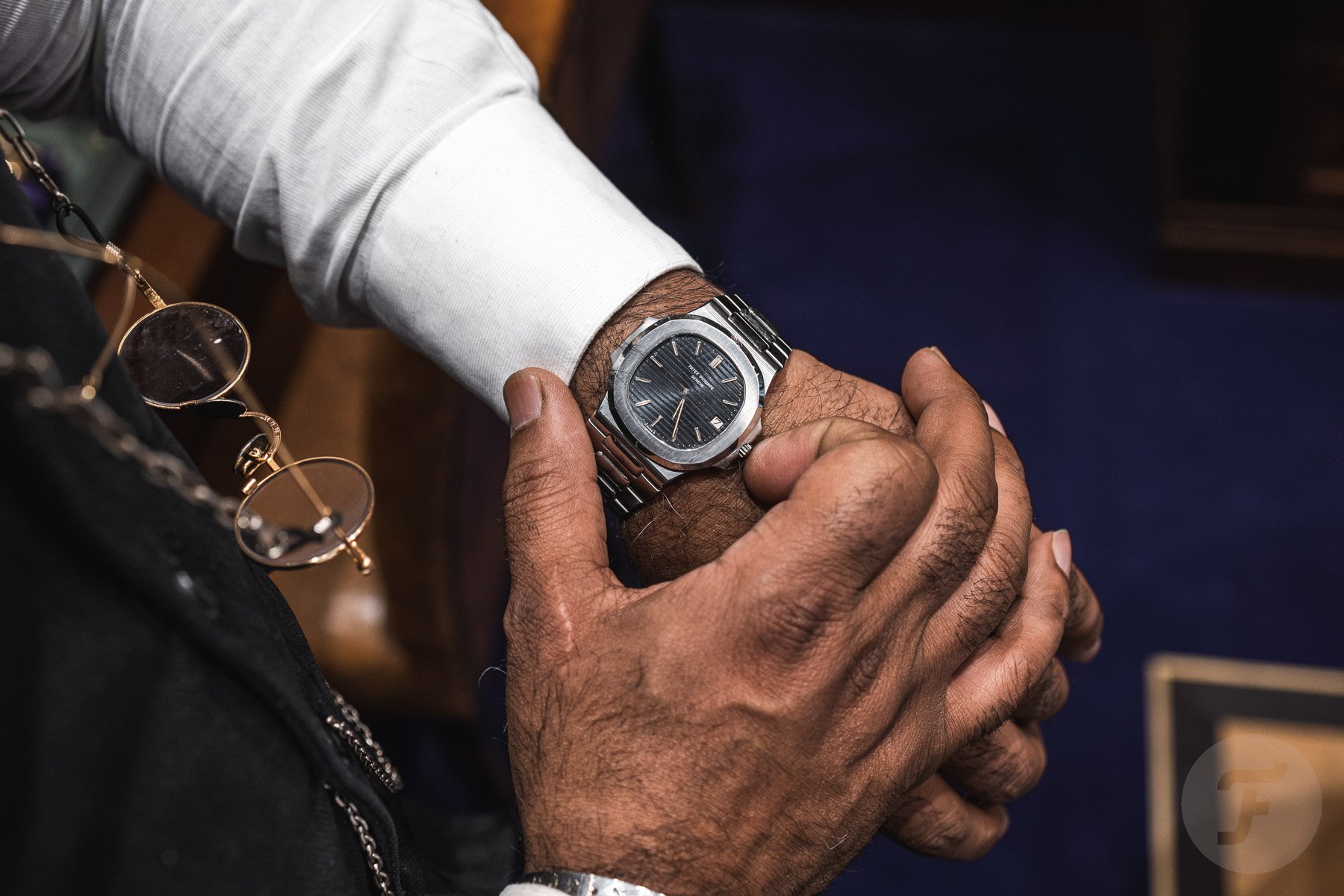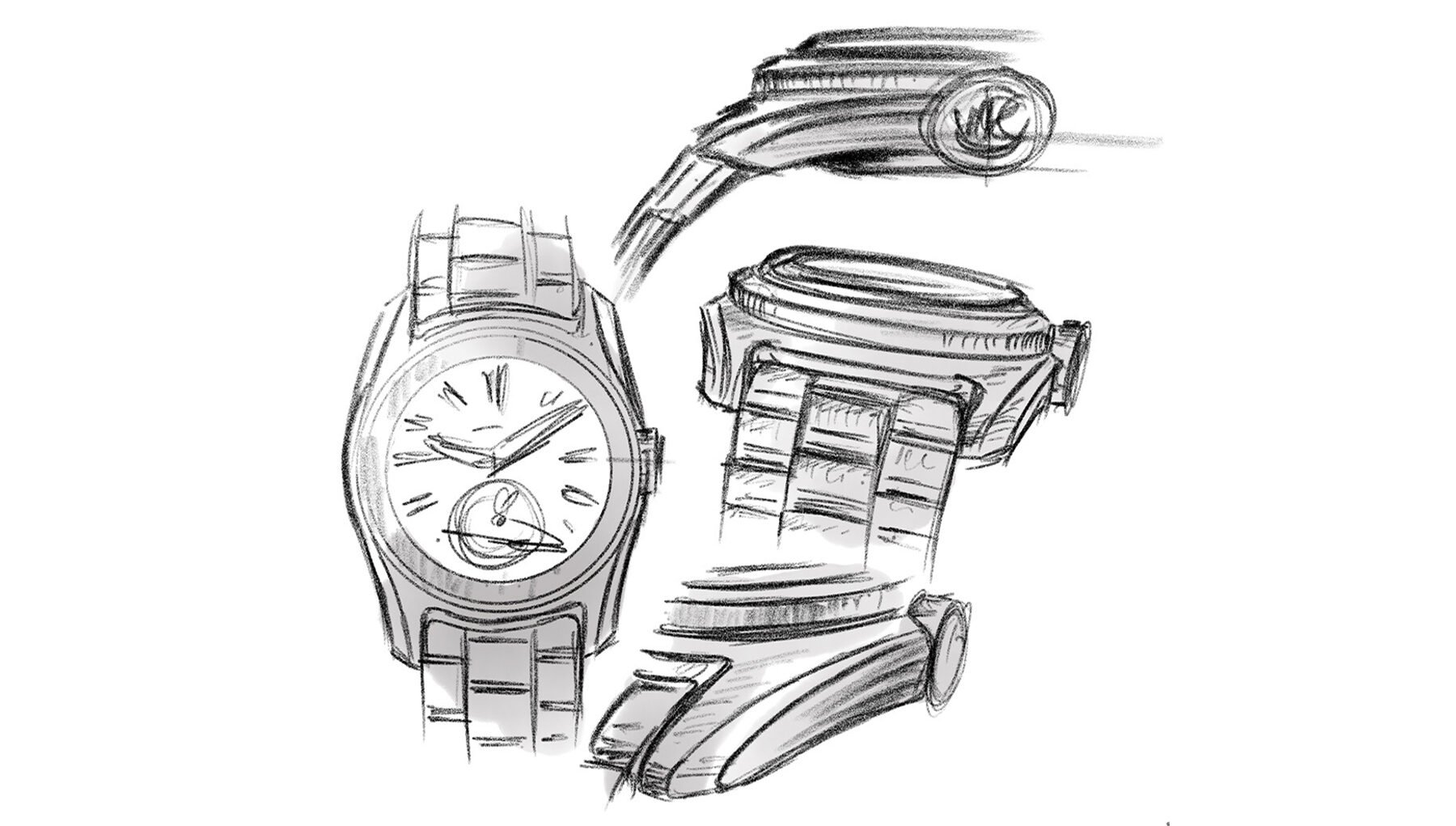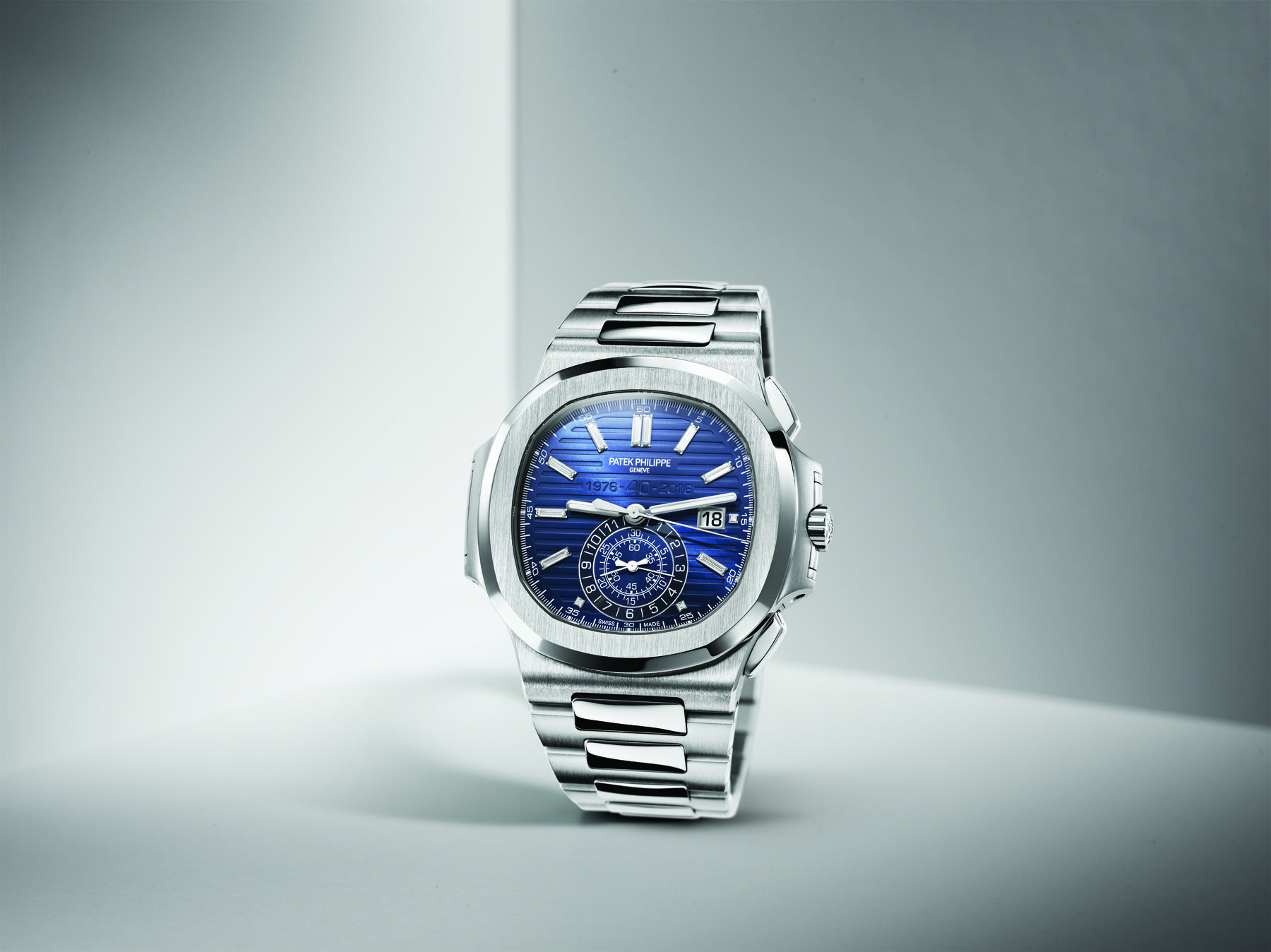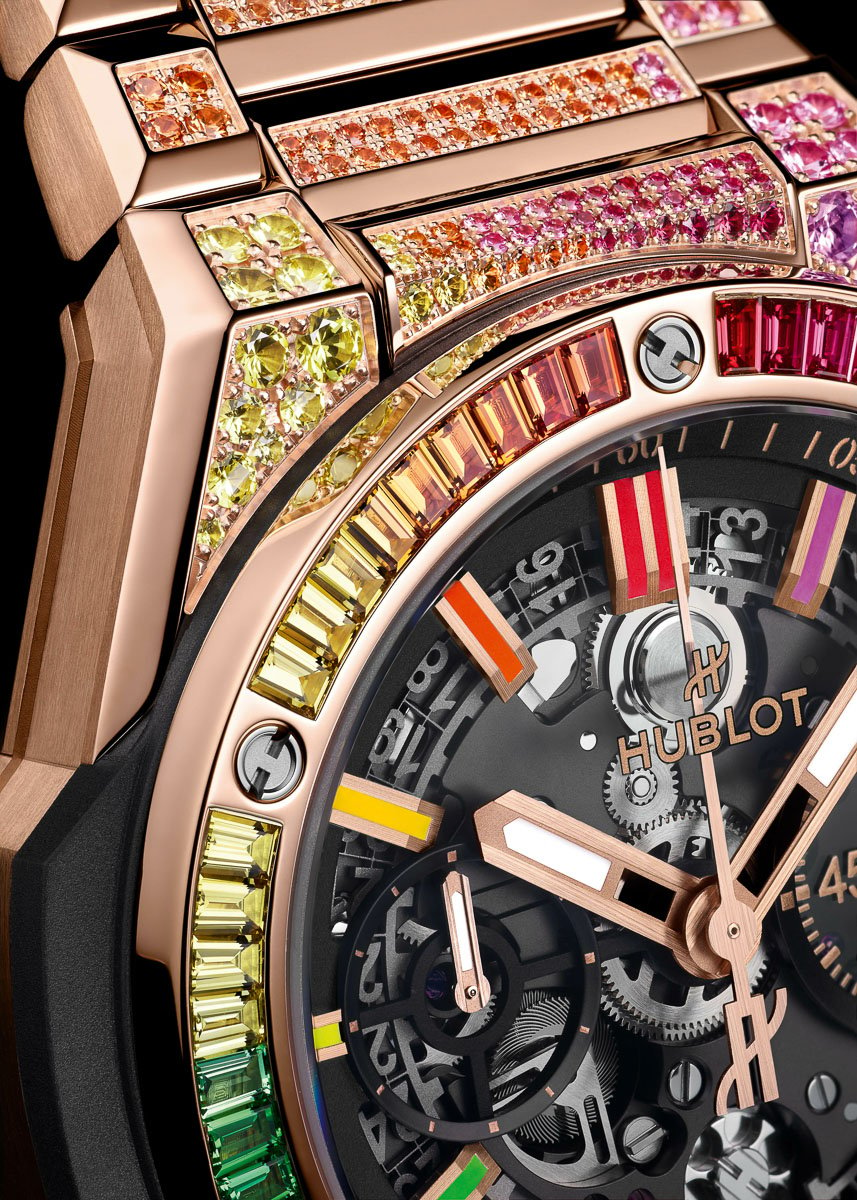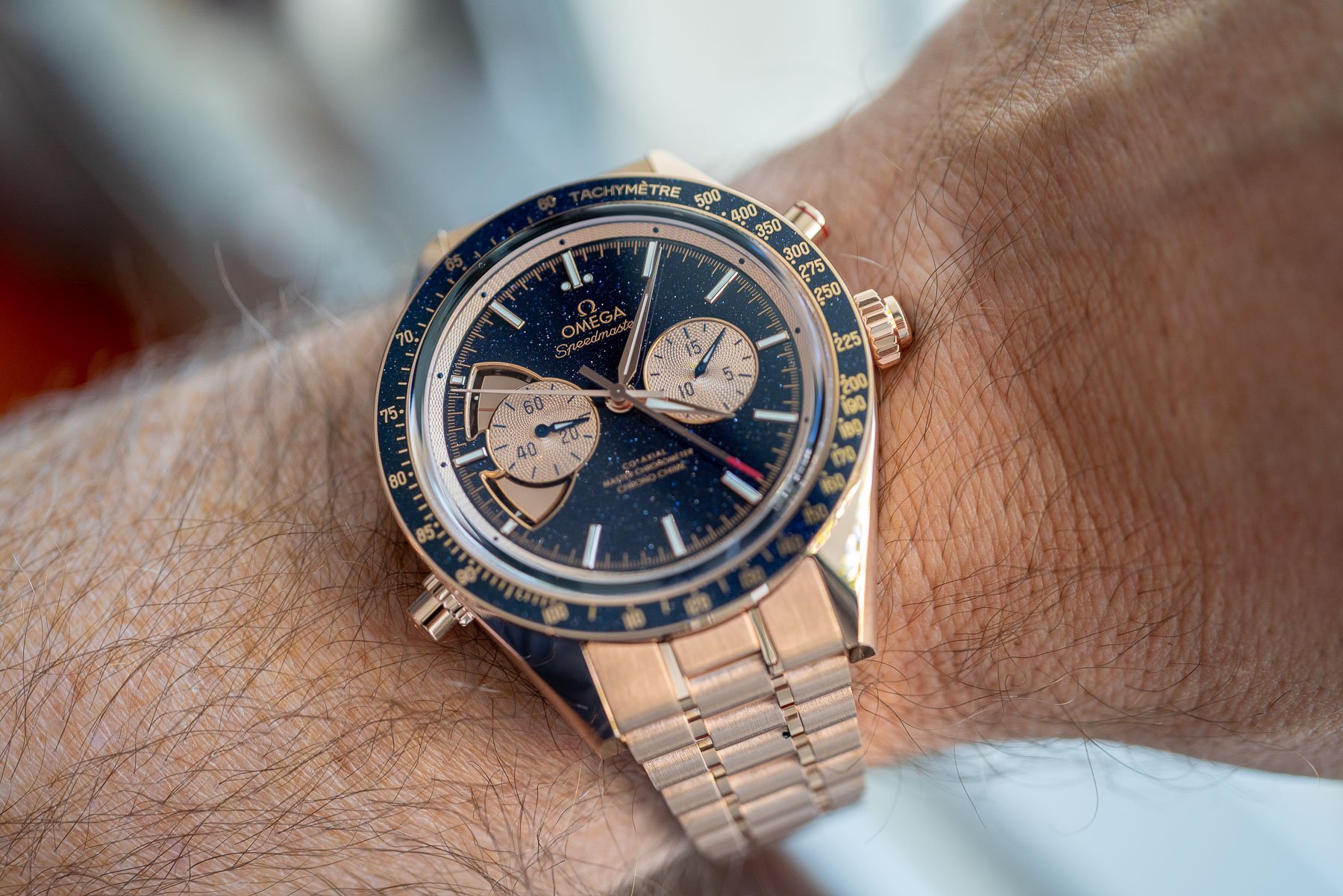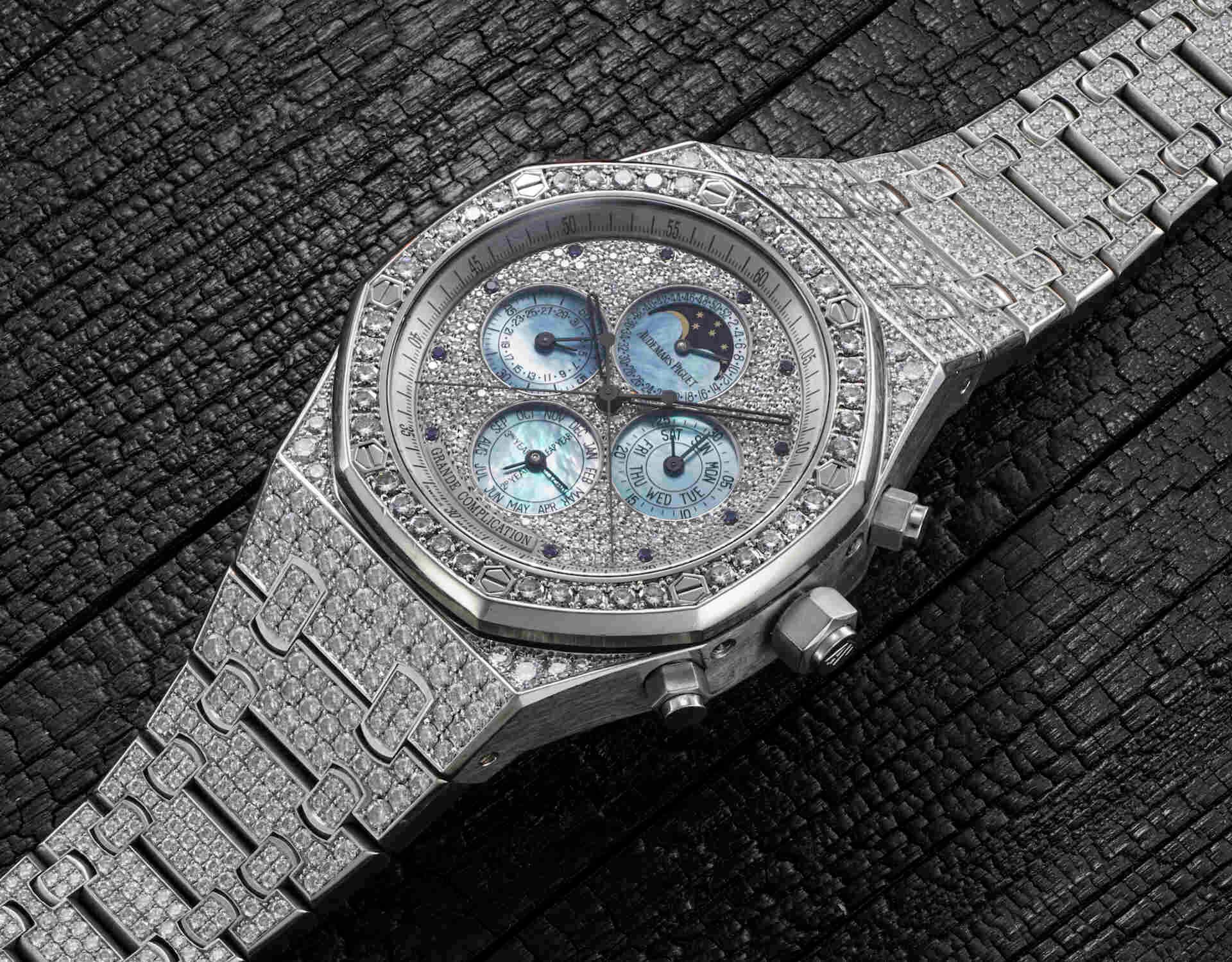How Come Brands’ Most Expensive Offerings Usually Aren’t The Most Desirable?
Watch brands’ most expensive offerings are often awe-inspiring pieces, whether visually stunning, technically mesmerizing, or both. But at Fratello, we have found that they are usually more of a cognitive tour de force than actually desirable. I admire a ceramic open-worked Royal Oak with a flying tourbillon, sure. But if I had AP money, I would get 37mm Royal Oak in steel with a blue dial. What’s up with that?
I have found the above to be true for many aficionados and collectors, from novice to seasoned. For some reason, the most expensive offerings aren’t usually the most attractive to us. It is a topic worth exploring, and I am looking forward to reading your opinions in the comments below too.
“You can’t afford the most expensive offerings, man; you’re just bitter!”
If you love your high complications and gemstone rainbows, I can imagine you may think something like the above. And you know what? I have no way to prove you wrong. I don’t know what it is like to walk into a jeweler’s with enough free spending money to consider anything they have. So yes, budget is always part of the equation for me and, likely, for most of you too.
But still, I fantasize. I envision my ultimate watch collection, money no object. In fact, I did so rather publicly on Fratello twice. I wrote two articles about watch shopping with the cheat codes “infinite money” and “infinite purchase history.” I picked some very advanced and very expensive watches. But they were rarely the brands’ most expensive offerings. As a matter of fact, only the Grand Seiko Kodo Constant Force Tourbillon was a top-of-the-range pick.
A quick round among the Fratello writers uncovered similar sentiments. Most of us just aren’t that attracted to the most advanced or most expensive offerings. Why could that be?
Base models over the most expensive offerings
I wrote an ode to base models last year, and I stand by the ideas in that article. Having recently managed a watch design project myself, I can attest that getting the basic shape right is the hardest part, by a long shot. A base model of a watch is often the purest expression of a designer’s artistic vision. You can add complications, exotic materials, and gemstones, but that usually detracts from what made the design great. You can also use embellishments to cover up poor design.
There is beauty in functional design. A dial designed for optimal legibility under specific circumstances is often more attractive than a dial designed to be beautiful. That may sound contradictory, but I think this is partly why there are more iconic tool watches than dress watches. Granted, that has a lot to do with storytelling as well, but I think part of it is in the design.
If the basic shape of a watch is beautiful and recognizable, it has a much greater chance of becoming iconic. How many complicated, decorated watches have reached iconic status? Compile your list of the 100 most influential watch designs, and I bet none will be the brands’ most expensive offerings. Those are usually added later to capitalize on the base model’s success.
The most expensive offerings often communicate the wrong things
This may be personal, but when I see a gemstone-studded yellow gold watch or an 18mm-tall grand complication, I don’t tend to think of elegant high horology and craftsmanship. Rather, I tend to associate it with flaunting extreme wealth. When I see Andrea Pirlo rocking a base steel Nautilus, I think of style. When I see Mark Wahlberg rocking an emerald-studded alternative, I think of cheesy bling. Given unlimited funds, I like to tell myself I’d be more of a Pirlo and less of a Wahlberg.
It doesn’t help that watch brands’ most expensive offerings are often rather loud and ostentatious. Given the choice, I would pick my 1970 Speedmaster Moonwatch over the Chrono Chime any day of the week. I lust after a Rolex Submariner 5513 or two-liner 14060, not so much a two-tone blue-bezel “Sultan dial” 16613.
There is a certain tasteful humility in applying great attention to detail to a relatively simple watch. Think, for instance of a hand-guilloché dial on a “simple” Breguet watch. Once brands decide to pack every single craft they master into a single watch, that elegance is often lost. The craft is no longer serving the watch. The watch is now serving the vanity of the brand. That is a very different message, and it often shines through in the resulting watches.
The most expensive offerings often compromise on important things
You would think that if a brand goes all-in on a watch, the result would be the ultimate watch. If the greatest watchmakers on Earth are allowed to dream, free of any budgetary or planning constraints, the result must be the best watch they ever made. Well, the fact of the matter is that this is simply not true. It is like putting Mbappé, Messi, and Neymar on the same team. It looks awesome on paper, but they’ll lose against balanced opponents every time. Too much of a good thing is still too much. And I apologize to my American friends for the second football (soccer to you) reference in one article. I will refrain from it for at least my five next articles. I promise.
By maximizing everything in watchmaking, the core functionality of the watch is often compromised. Take Omega’s half-a-million-euro Chrono Chime, for instance. Is it impressive? Certainly. But at 45mm × 53.3mm × 17mm, it is unwieldy on most wrists. And who thinks rose gold and aventurine are the ultimate combo for optimal legibility? As a racing and/or space-traveling chronograph, it got worse. I know, I know, that wasn’t the aim. But that is precisely my point.
Too much of a good thing is still too much.
A watch like this is a horological flex more than an actual watch. And that makes it less cool in my book. I am not saying that watches like this shouldn’t be made. I get that there are people who want to buy and wear these things. And I also get that you need to flex those muscles every once in a while. But I do think it is quite understandable that many aficionados just don’t care too much.
Closing thoughts
So why are brands’ most expensive offerings usually not the most desirable? My educated guess is that it is a matter of the wrong priorities. The most expensive offerings should often be regarded as marketing efforts more than as actual watches.
That said, perhaps I am missing the point entirely. Since mechanical watches hardly serve a purpose beyond personal enjoyment anymore, perhaps these top models are the purest expression of that. They no longer try to justify themselves with a sensible but fabricated story. They just aim to blow your socks off…
What do you think? Do you find yourself lusting after top-of-the-range models, or do you prefer the simpler versions? I’d love to hear why in the comments below!

